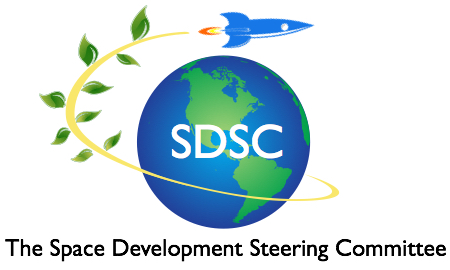A revolution in Capitol Hill space priorities took place at a recent, overlooked House Space Subcommittee hearing. And seemingly only one journalist noticed: Eric Berger of Ars Technica.
The House Space Subcommittee, chaired by Republican Brian Babin of Texas in early February, heard testimony from experts that a new administration would have to rethink space exploration policy. The Congressional members on the committee looked down with disdain on the White House’s notion of lassoing an asteroid. And, surprisingly, the committee members also saw the impracticality of NASA’s radically-flawed but boisterously publicized Mars plans. But the Representatives did not rule space out as an American mission. Far from it. They enthused. In fact, they enthused over something new: using the Moon as a stepping stone to Mars.
The experts testifying before the committee argued that using the moon as a stepping stone could make human Mars missions more feasible, more affordable, and more doable in a shorter time frame. The Congressional members were excited about harvesting rocket fuel from lunar ice and using it to provision gas stations in space. These gas stations could become the backbone of an Earth-Mars transportation system.
Although NASA has repeatedly declared its commitment to the goal of sending humans to Mars, the testimony pointed out that limitations to the agency’s budgets have made it impossible to develop the space-station-sized vehicles that could take humans on the eight-to-nine-month voyage to the Red Planet. Budget limitations also kept NASA from developing the technologies to land humans on the Martian surface, the technologies to house them when they arrive, and the vehicles and tools they would need to accomplish anything. That testimony came from John Sommerer, a space scientist who spent more than a year reviewing NASA programs as chair of a National Research Council technical panel. According to Sommerer, NASA’s current allocation of its budget to spaceflight programs would amount to a whopping $180 billion over the next twenty years. But that would not be enough to get humans to Mars if NASA follows its current approach. Even if NASA allocated that entire amount to Mars programs, the agency might need up to an additional twenty years to realize a human mission to Mars. Sommerer estimated that the total cost of developing the capability to send humans to Mars using NASA’s current tactics could amount to half a trillion dollars. In fact, NASA would need to abandon its missions to the International Space Station to dedicate its entire budget to a Mars program.
Additional testimony at the hearing, however, presented the alternative strategy of developing resources on the Moon, an approach that would make reaching Mars more affordable and, critically, would develop the means for multiple Mars missions. Tom Young, the former director of NASA’s Goddard Space Flight Center and former president and chief operating officer of the Martin Marietta Corporation, agreed with Sommerer that NASA cannot fully fund both low-Earth orbit activities like the International Space Station and a human Mars program. However, the discovery of water-ice on the Moon’s surface has been a game changer. It promises to dramatically reduce the cost of reaching Mars. Why?
Because ice on the Moon can be harvested to make breathable oxygen, drinkable water, and most important, rocket fuel for the long voyage to Mars. It’s hideously expensive to loft the fuel for a human Mars mission from Earth to orbit. But manufacturing the fuel on the Moon and lifting it from the Moon’s low-gravity surface into space may potentially reduce the cost to roughly one-tenth as much as Earth-based manufacturing and launching. Young recommended that NASA rethink its strategy and shift focus to cislunar space—the Earth, the Moon, and the space between them. Young added that developing the surface of the Moon and its resources—not just ice, but minerals and metals—could provide a new pathway to Mars. Some members of the Congressional panel were receptive to that idea and indicated their support. More than their support, their enthusiasm.
As John Strickland, chief analyst of the Space Development Steering Committee, points out, the Congressional representatives are onto something. Gas stations in space filled and re-filled with fuel made from the Moon’s ice could give us more than a single flags-and-footprints human mission to Mars. They could give us a permanent space transportation infrastructure. They could give us the beginning of a highway system to planets, moons, and stars.
The Space Development Steering Committee was founded by author Howard Bloom at the behest of Buzz Aldrin. Committee members include astronauts and representatives of NASA, the National Science Foundation, the National Space Society, and aerospace experts from the Apollo Program. The committee is devoted to influencing policies that will make life multiplanetary.
